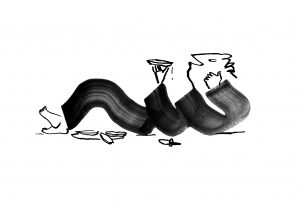A new genre-defining exhibition at the Barbican proves the enduring appeal of science fiction and its sub-genres lies in its ability to throw up questions about the past, present and future of the world we live in
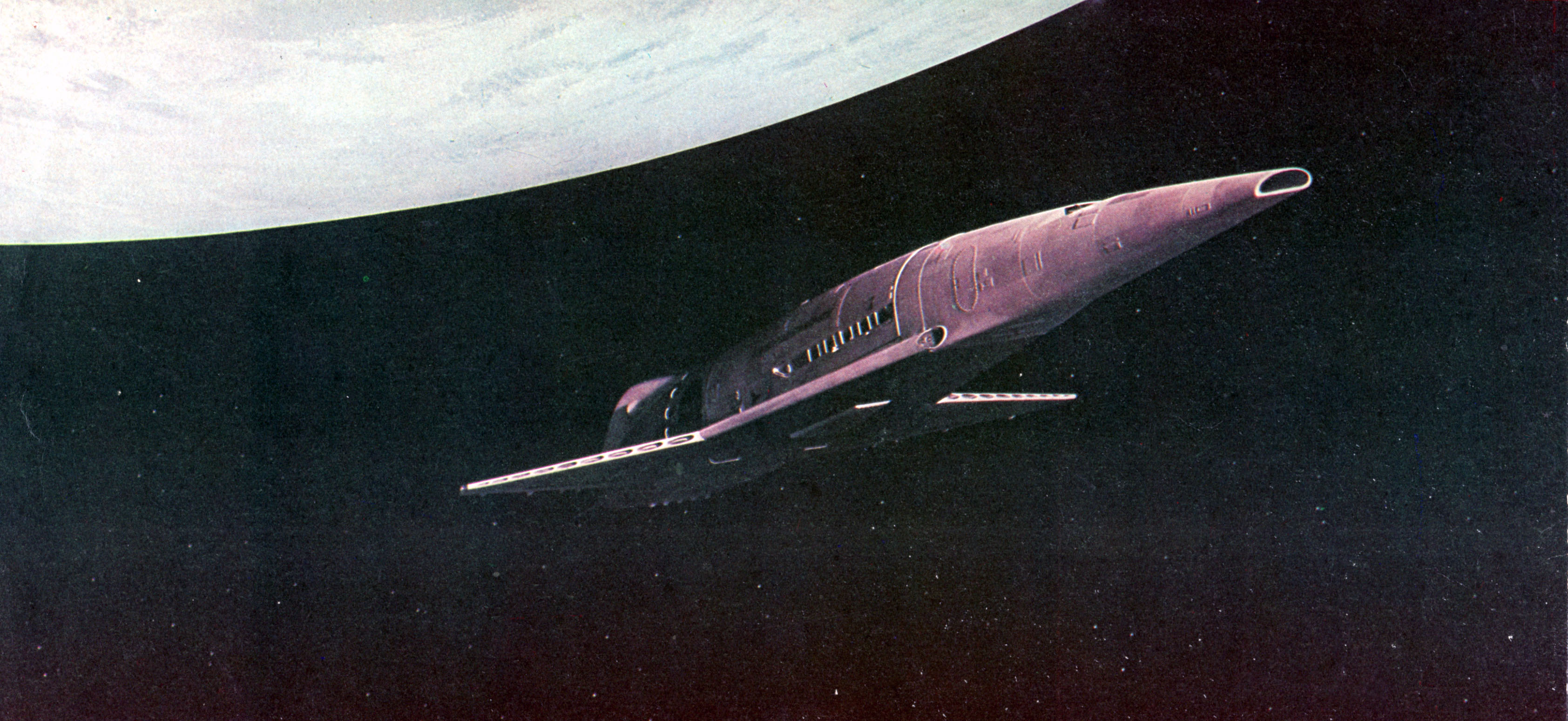
As time goes on, science fiction, and its sub-genre, speculative fiction, seem only to grow in their power to tell us something about the world we live in. With recent TV adaptation of Margaret Atwood’s 1985 novel, The Handmaid’s Tale, 2015’s film adaptation of JG Ballard’s High-Rise, and the new Star Wars trilogy breaking box office records, not to mention the steady stream of any number of new books, TV shows, films and artworks that deal with competing visions of utopia and dystopia, it certainly seems that, if our cultural appetite is anything to go by, we seem to spend more time thinking about the future than ever before.
The future feels closer than ever, and, as a new exhibition at the Barbican titled Into The Unknown: A Journey Through Science Fiction extensively demonstrates, science fiction has always been a means of imagining its possibilities. Spanning art, design, film and literature, the genre-defining exhibition follows four themes spread across the entire Barbican Centre: Extraordinary Voyages, Space Odysseys, Brave New Worlds and Final Frontiers. In addition to exploring everything from otherworldly illustrations by Jules Vernes to literary classics like George Orwell’s Nineteen Eighty-Four, the show also includes installations by contemporary artist Conrad Shawcross and experimental filmmaker Isaac Julien.
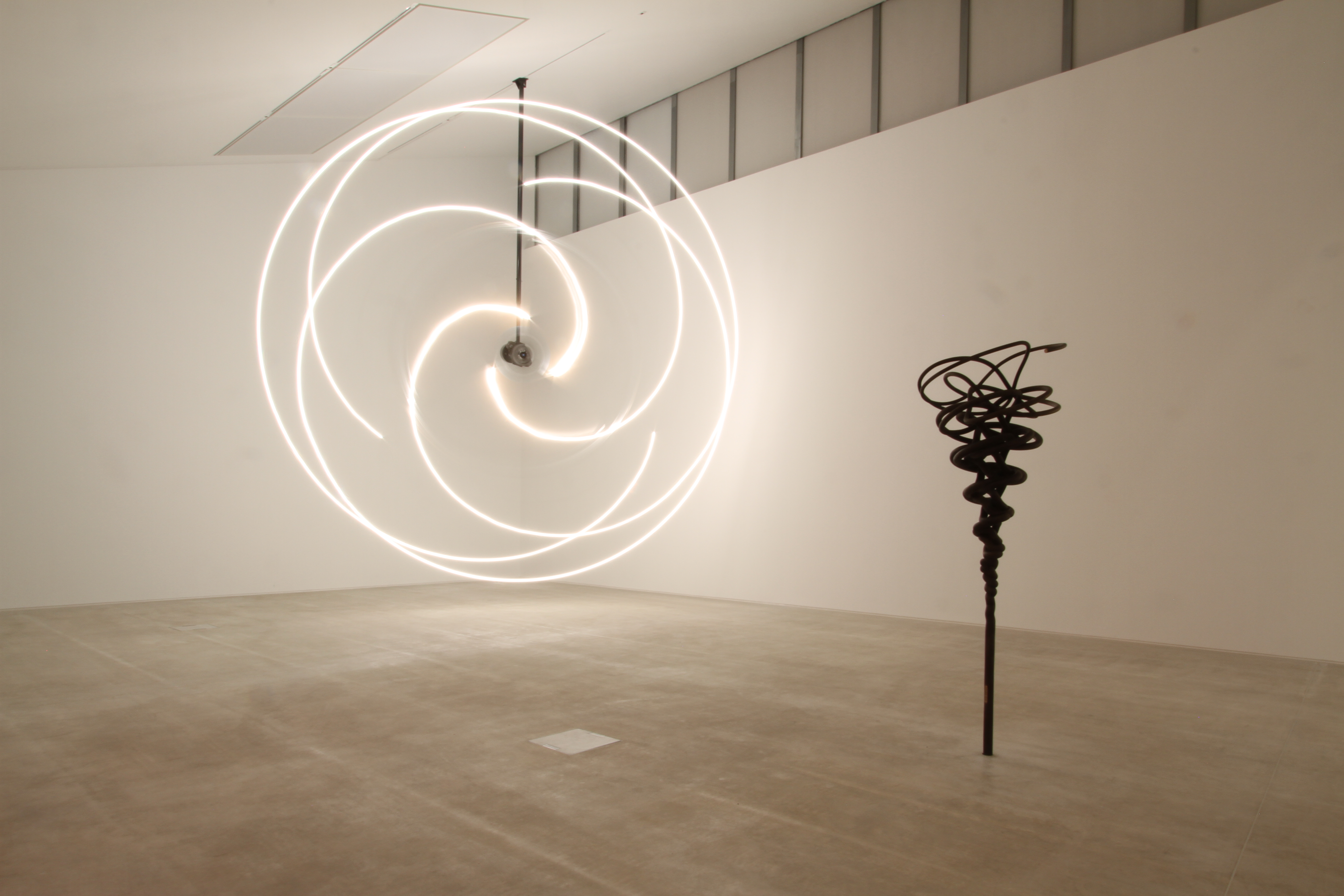
Since its early beginnings in the 18th century, science fiction has been tethered to the new developments and discoveries of the day. The origins of the genre, for example, of unexplored lands in the darkest corners of the earth and places populated by prehistoric dinosaurs, great apes or underwater societies, was influenced by the revolutionary expeditions of the time, which aimed to map all of the unseen, uninhabited areas of the globe. In other words, while the world was being discovered, artists and writers were wondering what might be found. And this continues to be the case.
In the same way, the prospect of the moon landing led science fiction pioneers to ponder planets and alien civilisations; imagery that would be immortalised by 50s films like Forbidden Planet, The War of the Worlds and Earth vs Flying Saucers. It was these visions of heroic spacemen, evil extraterrestrials and futurist technologies that injected science fiction into the bloodstream of popular culture. It represented the growing interest (and anxiety) surrounding the prospect of space travel, and the questions it posed for the future of mankind, asking: what might be out there? And could it be a threat?
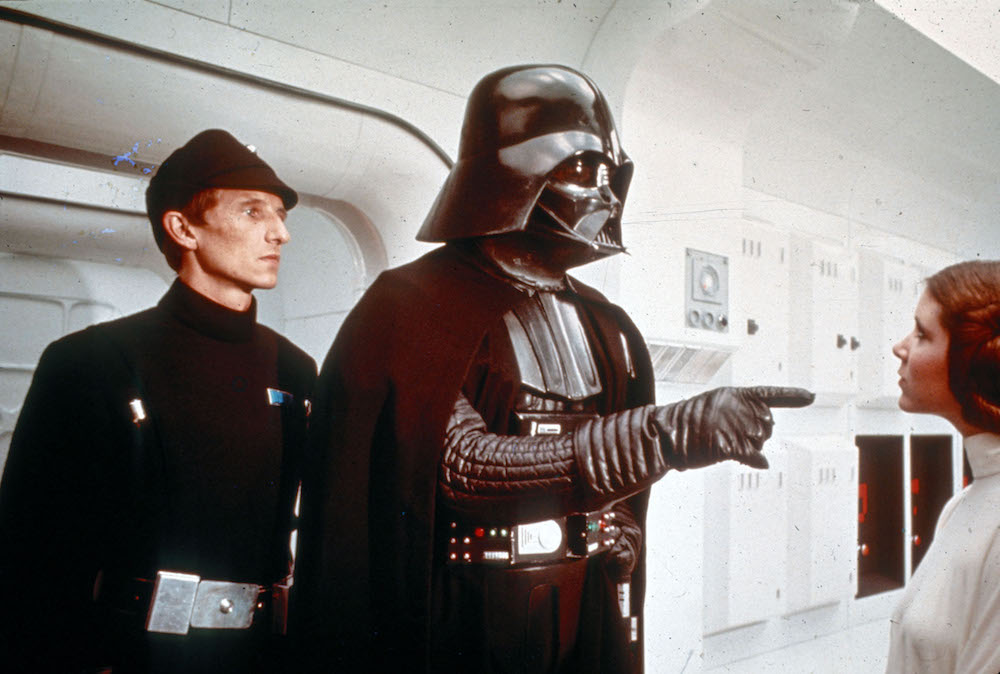
Throughout the previous century, sci-fi began to become something of a money-making machine. Newspapers in the 1920s published comic strips of various space-based adventures, and, in the 1950s, sci-fi comics were marketed to kids. Then, after blockbusters like 2001: A Space Odyssey in the ‘60s, and Star Wars in the ‘70s, the genre went well and truly global.
But science fiction is more than just aliens and space ships, and many in the 20th century were focusing instead on how technology may change us in the future. After World War II, corporations were promoting images of the technological utopias that we’d see by the year 2000, with flying cars and self-making food. Some had rather more sinister projections. There was Orwell’s aforementioned Nineteen Eighty-Four, Aldous Huxley’s Brave New World, and Do Androids Dream of Electric Sheep? by Philip K. Dick, a book better known as the template for Blade Runner. Like the sci-fi comics strips from the 1920s, these works articulated a genuine fear of what the future might hold.
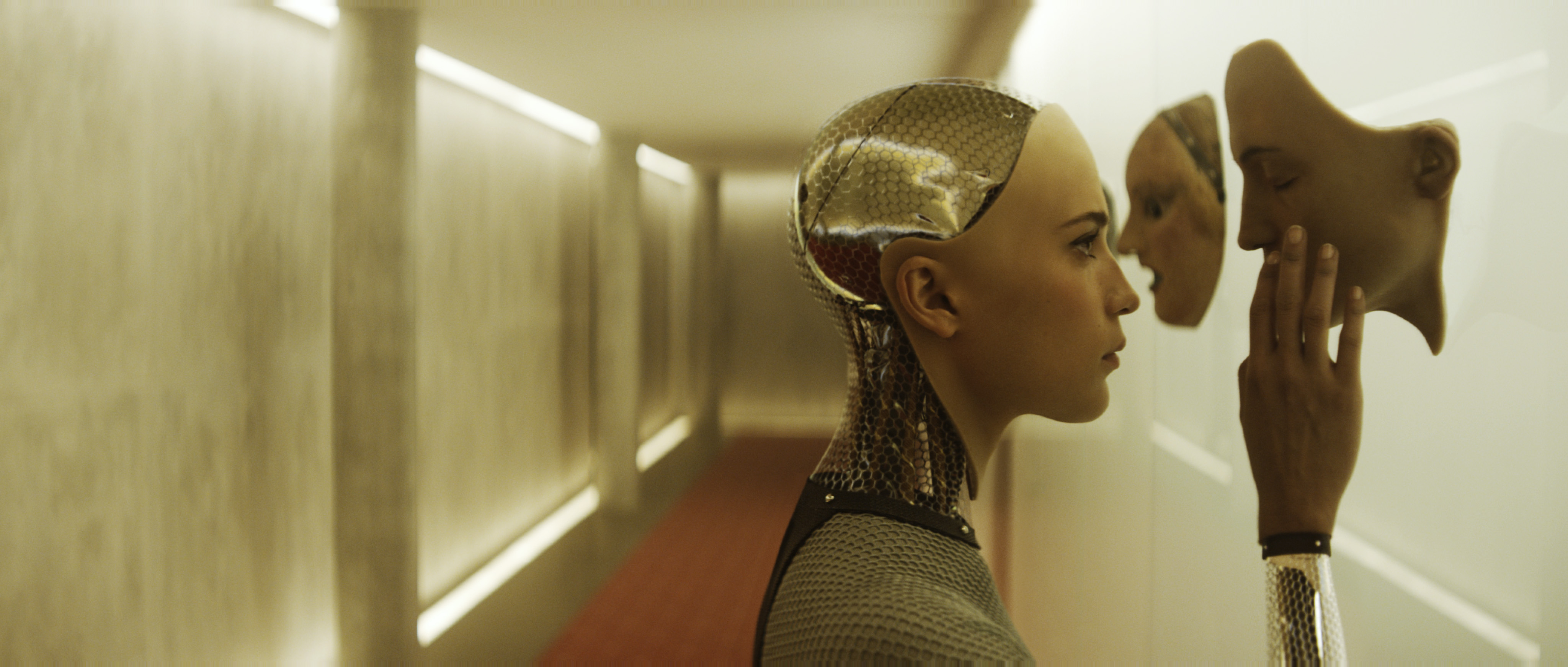
With a mixture of human nature and future technologies, utopian cityscapes were seen by sci-fi writers to collapse in on themselves, becoming neo-noir hellholes in the process. These visions featured totalitarian governments, drugged populations, all-consuming propaganda, nuclear holocausts and other such disasters in a trend that continues today with TV shows like Black Mirror.
It seems that as technology becomes more and more a part of our lives, the fear of something going wrong only increases. And, in 2017, with the internet, global warming, AI, smart-phone-dating and politicians creating new anxieties about what the world might look like for our children’s children, we can be sure that pop culture’s sci-fi obsession is one thing certain to continue well into the future.
Into The Unknown: A Journey Through Science Fiction is on show at the Barbican until 1 September



